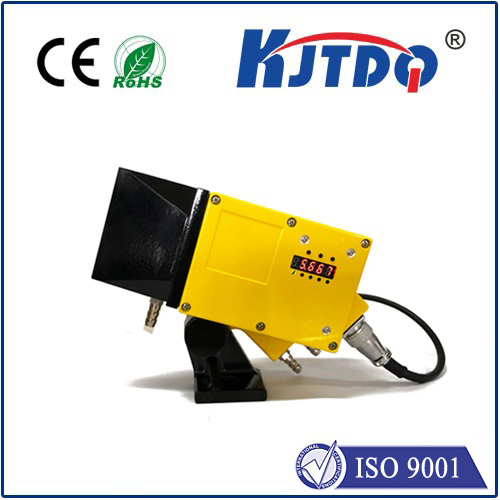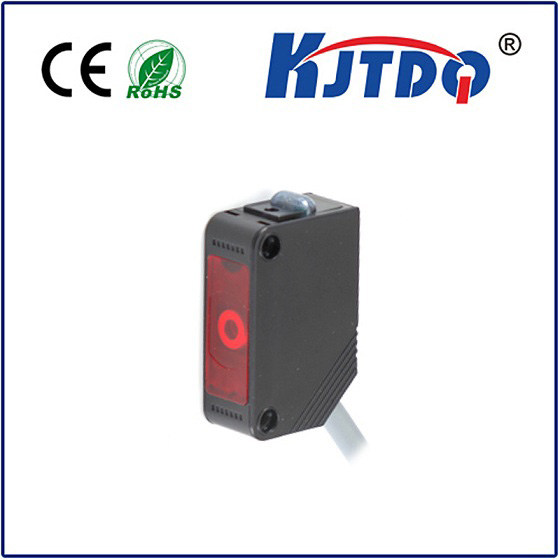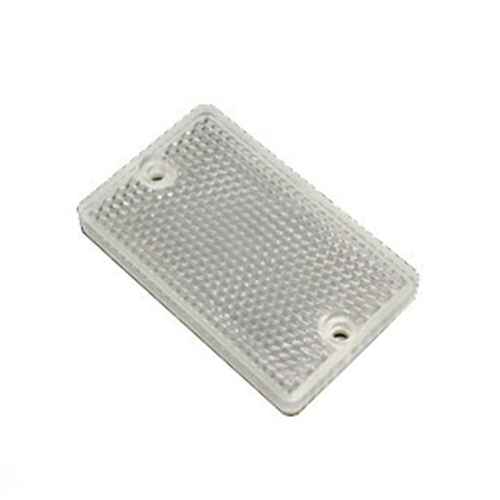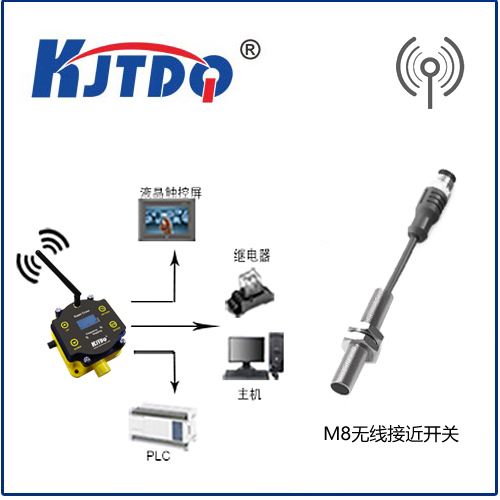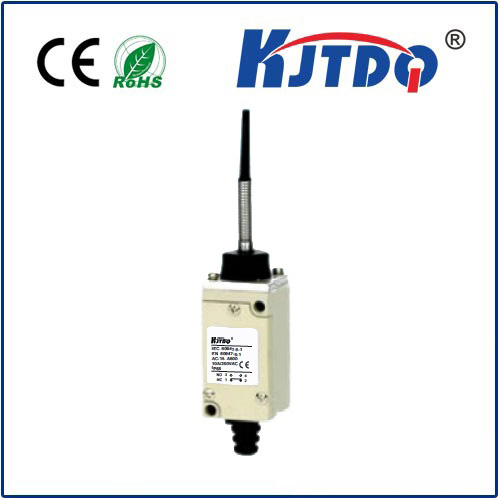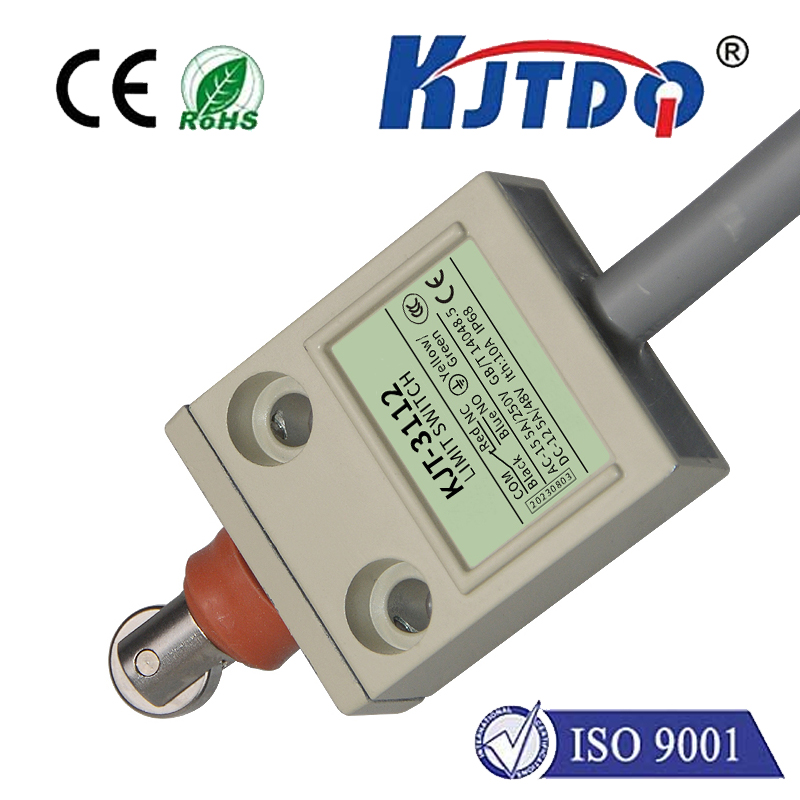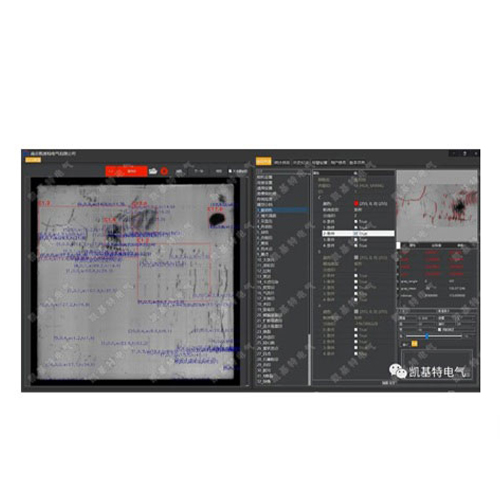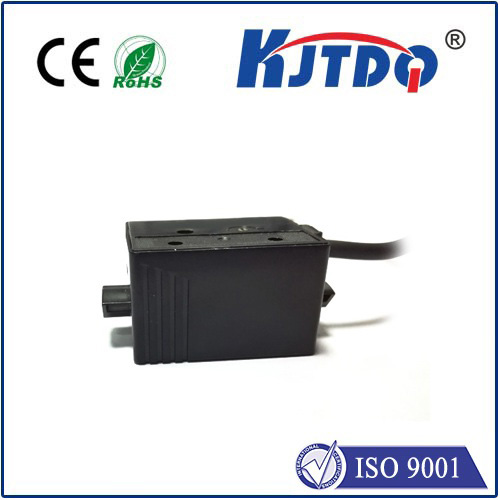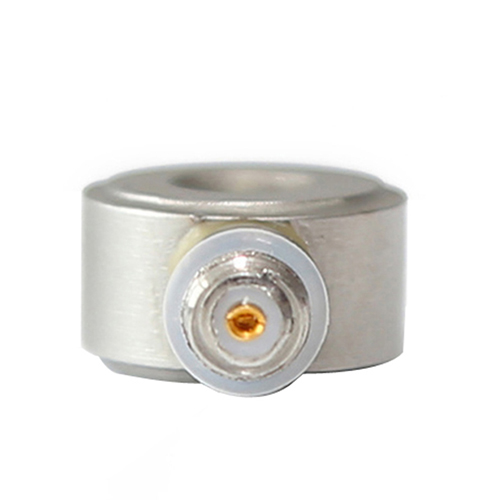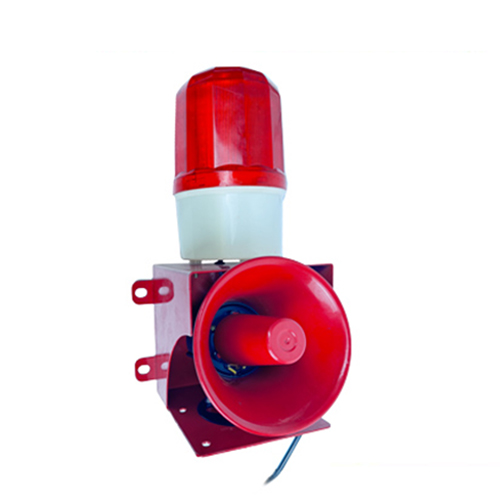

check

check

check

check

check

check

check

check

check

check
Title: Exploring the Role of 24 Volt Limit Switches in Automation Systems
Introduction:
In industrial automation and control systems, limit switches are a crucial component that helps in detecting the end of travel or the presence of an object. These switches are essential for ensuring safe operating conditions and preventing damage to equipment. One such type of limit switch is the 24-volt limit switch, which has gained popularity due to its reliability and versatility in various applications. In this article, we will delve into the role of 24-volt limit switches in automation systems and their significance in maintaining optimal operation.
Section 1: Definition and Function of a Limit Switch
A limit switch is a mechanical device that is used to detect the end of travel or the presence of an object. It typically consists of a movable contact that opens or closes when it comes into contact with an obstacle or the end of travel. The contact can be made of different materials such as copper, stainless steel, or silicone, depending on the application requirements.
The primary function of a limit switch is to provide feedback to control systems, indicating when an object has reached its destination or when it has come into contact with an obstacle. This information is then used by the controller to determine the next action, such as stopping the motor or changing the direction of the movement. Limit switches are widely used in industrial自动化 systems such as conveyors, elevators, and cranes, among others.
Section 2: Types of Limit Switches
There are several types of limit switches available in the market, each designed for specific applications. However, one common type is the 24-volt limit switch. As the name suggests, this type of switch operates at a voltage of 24 volts and is suitable for controlling devices that require this level of power. Here are some key features of 24-volt limit switches:
* High sensitivity: 24-volt limit switches have high sensitivity, making them ideal for use in applications where small movements can have significant consequences. For example, they can be used to detect the presence of an object in a confined space or to prevent collisions between moving parts.
* Easy installation: 24-volt limit switches are easy to install and require minimal wiring compared to other types of limit switches. They can be mounted on flat surfaces or attached to vertical poles, depending on the application requirements.
* Long lifespan: Due to their rugged construction and high-quality components, 24-volt limit switches have a long lifespan and can withstand harsh environmental conditions such as high temperatures, dust, and moisture.
Section 3: Applications of 24-Volt Limit Switches in Automation Systems
The versatility of 24-volt limit switches makes them suitable for a wide range of automation systems applications. Some examples include:
* Conveyor systems:limit switches are commonly used in conveyor systems to detect the end of travel and prevent objects from falling off the belt. They can also be used to control the speed and direction of the conveyor based on the weight and size of the objects being transported.
* Elevators:limit switches are vital components in elevators that detect when an object has reached its destination or when it has come into contact with an obstacle. This information is then used by the controller to adjust the elevator's speed and direction accordingly.
* Cranes:limit switches are essential for controlling the lifting operations of cranes by detecting when an object has reached its target height or when it has come into contact with a collision prevention system.
Conclusion:
The role of 24-volt limit switches in automation systems cannot be overstated. These reliable and versatile devices play a critical
